My name is Kenichi Ikeda from ROOT SOUL. I am a bassist, trackmaker, sound producer, and I mix my own works.
I will be reviewing Warm Audio’s EQP-WA passive equalizer!
This is a super classic tube equalizer that faithfully reproduces the famous Pultec EQP-1A sound.
I love the vintage sound and I’ve always been interested in it, but I usually only use plug-ins so I’m really looking forward to trying this!
I am going to open the package and set it up.
The actual machine feels really nice to the touch! Just turning the knob gets my creative juices flowing! Lol

The website pictures of the inside looks like this.
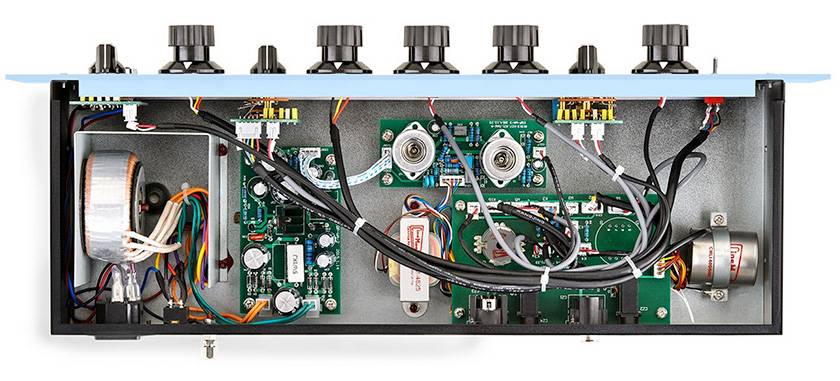
This is so cool! The transformer is also gigantic and gives a good impression. I’m getting really pumped for this!
First off, I would like to give a word of caution for DAW home recordists like myself. (It’s natural for the studio equipment) when recording a track with effects applied without an input level control (preamp), you will need to use a separate preamp before the equalizer. I have tried many ways to do this, but the proper input levels are crucial to achieve the full power of this device.
I verified this by recording directly to the Apollo x4 interface using Jazz Bass, plug-in drums and electric piano. These were output externally from the interface, and then recorded back on the interface.
UA Apollo x4 out → Warm Audio EQP-WA → UA Apollo x4 in
■ Jazz Bass EQ Bypass
■ Jazz Bass EQ On Low Boost
This has a nice and fat sound! It also adds some contour to the highs.
Here is the final result:
■ Jazz Bass EQ on Low Boost & Cut

Settings are (R to L):
- High Cut Frequency 20kHz
- High Cut 0.0
- High Boost Frequency 4kHz
- High Boost 4.0
- Bandwidth 4.0
- Low Cut 1.8
- Low Frequency 100Hz
- Low Boost 3.0
At first it was difficult to understand how each knob worked, but after some research, it seems that they function separately as is indicated with the red line I added.
The real bread and butter of the Pultec type equalizer is its hidden technique.
It’s a combination of Low Boost 3.0 and Low Cut 1.8.
Since Low Cut has a slightly higher frequency than Low Boost, the low frequency seems to become fat and tight!
Next is the drums. I really wanted to use multi recordings of acoustic drums, but due to copyright issues I’m not allowed to use them, so I had to use plug-in drums.
But, I can tell you how great this EPQ-WA is!
■ Whole drum EPQ-WA EQ Bypass
■ Whole Drum EPQ-WA EQ On

Settings are (R to L):
- High Cut Frequency 20kHz
- High Cut 0.0
- High Boost Frequency 10kHz
- High Boost 3.0
- Bandwidth 5.2
- Low Cut 1.0
- Low Frequency 30Hz
- Low Boost 3.3
The combination of Low Boost 3.3 and Low Cut 1 also gave a very good impression!
Also the hi-hat is so good that it sounds like it naturally came out of nowhere!
This is a plug-in electric piano.
■ EPQ-WA EQ Bypass
■ EPQ-WA EQ on
(I set it to -2.5db when the EQ is on because the level was too high.)
Among the many Pultec-type EQ plug-ins available from various companies, I felt the advantage of this equalizer is that the Low Frequency Low & Cut covers the mid-range of 800Hz!
Moreover, the low end is not lifted too much and doesn’t come off as unnatural at all!
As I mentioned before, you can also cut the low frequency in the DAW afterwards.
I felt that this was where this equalizer gave me the most analog feeling this time!
(If you want to cut the middle with EQP-WA, you can set the Low Frequency to 400,800Hz and adjust the lower frequency on the DAW.)
Finally, I’m also including what the music sounded like as a whole because I don’t think you can really hear it until you listen to the music! (I added the percussion because it was necessary for the groove.)
For comparison, I made 2 mixes just by basically adjusting the volume, but I added a little boost around 30Hz on the drum track in the DAW because I thought it sounded better with more bass.
(I didn’t only do this with the EQ on, but also with the 2mix EQ bypass).
I think this is also practical for making final tweaks on the DAW.
■ 2mix (bass, drums, electric piano EQ bypass)
■ 2mix (bass, drums, electric piano EQ on)
There are many excellent plug-ins available these days, but for a vintage sound lover like myself, touching the knobs on the actual device is a great way to get my creative juices flowing! The unique analog texture can’t be obtained with digital alone because of all the work that has gone into it!
Since I only have one unit, it is monaural, but those who record at home using DAW software may want another unit to play around with stereo!
Next time, come back for a review of the WA-1B tube optical compressor!
コラム「sound&person」は、皆様からの投稿によって成り立っています。
投稿についての詳細はこちら












![[Product Review] Warm Audio WA273-EQ by soki kimura](/contents/uploads/thumbs/5/2023/10/20231013_5_24212_1.jpg)
![[Product Review] “I tried out products by Warm Audio!” by Hiro-a-key a.k.a. Nenashi](/contents/uploads/thumbs/5/2023/8/20230821_5_23673_1.jpg)
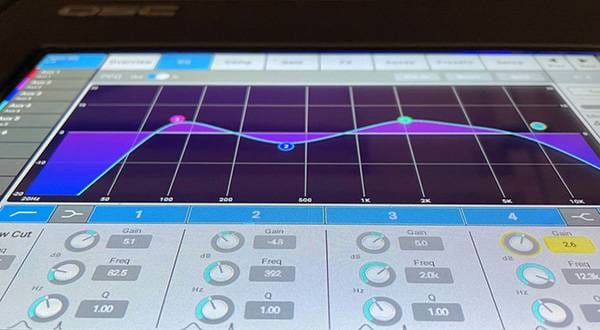
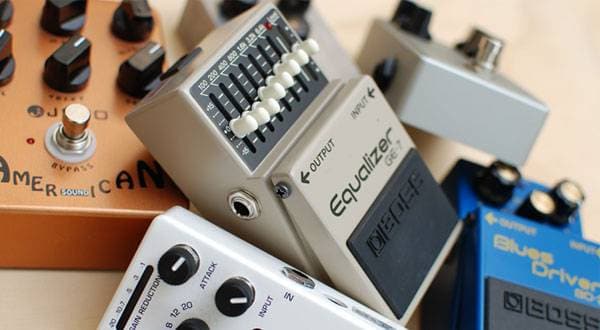
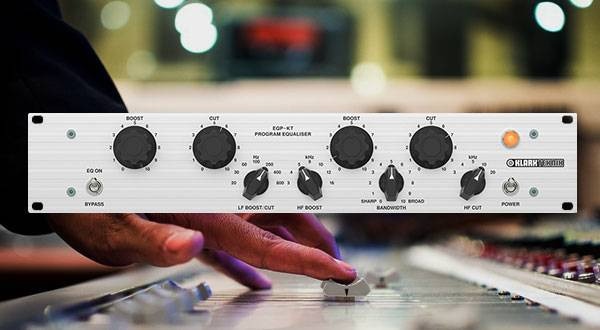
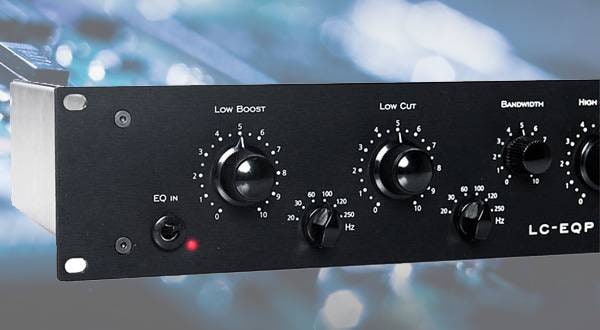
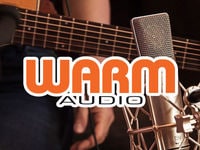 WARM AUDIOとは
WARM AUDIOとは
 自宅スタジオの作り方
自宅スタジオの作り方
 スタジオモニタースピーカーを選ぶ
スタジオモニタースピーカーを選ぶ
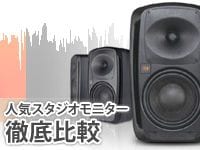 人気スタジオモニター徹底比較
人気スタジオモニター徹底比較
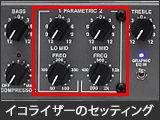 イコライザーのセッティング
イコライザーのセッティング
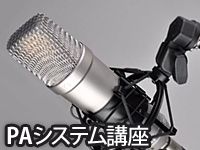 PAシステム講座
PAシステム講座















